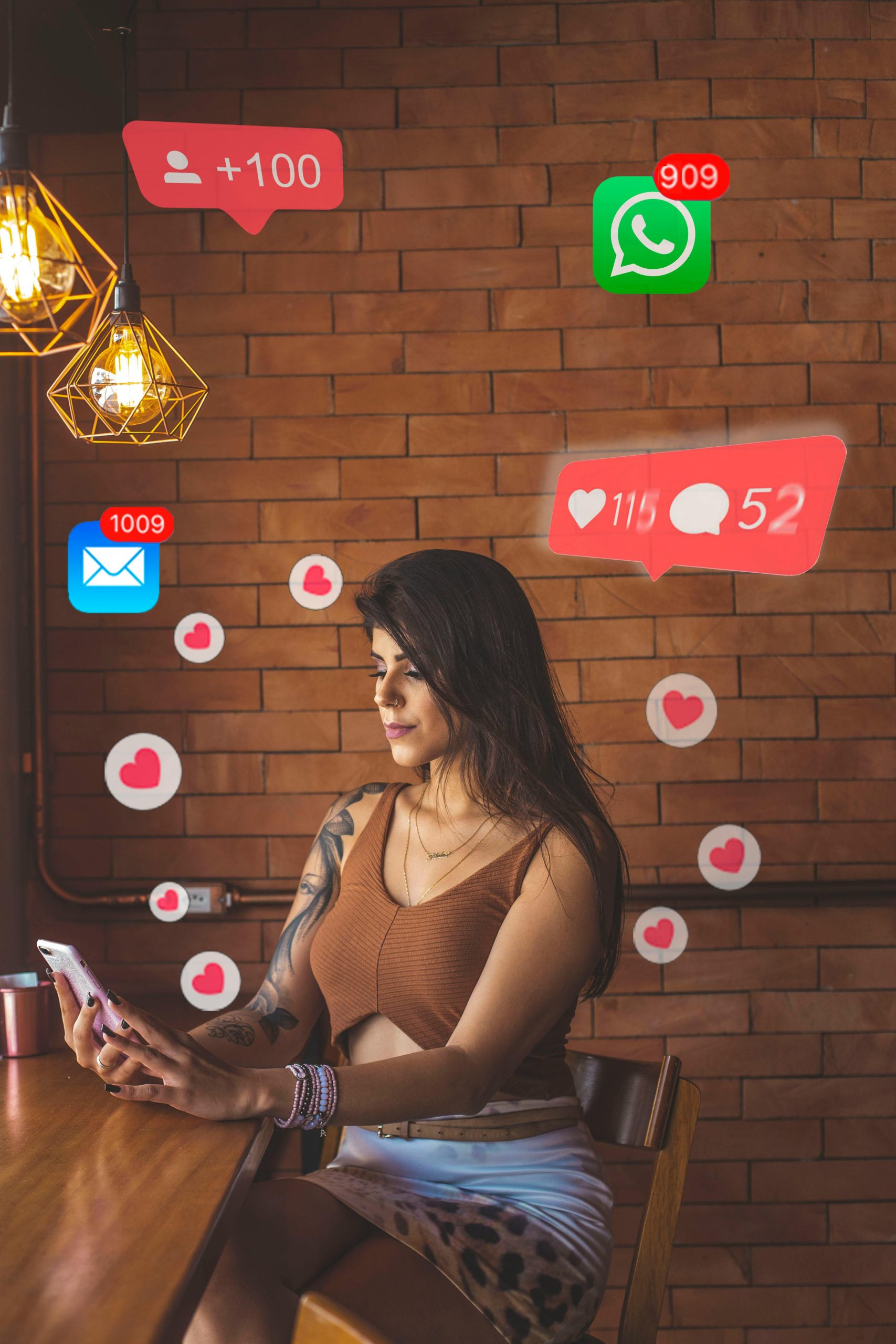When a new subscriber joins your email list, their excitement and curiosity are at their peak. This is your golden opportunity to make a lasting first impression—and a well-crafted welcome email sequence is the key to turning that initial interest into long-term engagement. Unlike a single welcome email, a sequence nurtures subscribers over time, guiding them toward deeper connections with your brand. But how do you create a welcome email sequence that truly engages? Here’s how to design a high-impact series that delights, informs, and converts.
Why a Welcome Email Sequence Matters
A welcome email sequence isn’t just a polite greeting—it’s a strategic tool to build trust, set expectations, and drive action. Research shows that welcome emails have an average open rate of over 50%, making them one of the most effective types of emails you can send. A sequence takes this further by:
- Introducing your brand – Help subscribers understand who you are and what you offer.
- Delivering immediate value – Provide a freebie, discount, or exclusive content to reward their sign-up.
- Guiding next steps – Encourage engagement, whether it’s reading a blog, making a purchase, or following you on social media.
- Segmenting your audience – Use responses to tailor future emails based on their interests.
By structuring your sequence strategically, you can maximize engagement and set the stage for a strong subscriber relationship.
Key Elements of a High-Engagement Welcome Sequence
Not all welcome email sequences are created equal. To ensure yours stands out, include these essential components:
1. A Warm and Personalized Greeting
Start with a friendly, conversational tone. Use the subscriber’s name (if possible) and express genuine appreciation for their sign-up. Avoid overly formal language—this is your chance to make them feel like part of your community.
2. Clear and Compelling Subject Lines
Your subject line determines whether your email gets opened. Keep it concise, intriguing, and benefit-driven. Examples:
- “Welcome! Here’s Your Exclusive Gift 🎁”
- “Let’s Get Started – Your First Step Inside”
- “Thanks for Joining! Here’s What’s Next”
3. Valuable Content or Incentives
Give subscribers a reason to stay engaged. This could be:
- A downloadable guide or checklist
- A discount code for their first purchase
- Access to exclusive content or a webinar
4. Strong Call-to-Action (CTA)
Every email should guide subscribers toward a specific action. Whether it’s clicking a link, replying to a question, or following you on social media, make the CTA clear and compelling.
5. Mobile-Friendly Design
Over 60% of emails are opened on mobile devices. Ensure your emails are responsive, with easy-to-read fonts, well-spaced buttons, and fast-loading images.
How to Structure Your Welcome Email Sequence
A well-planned sequence typically includes 3-5 emails sent over a week or two. Here’s a proven structure:
Email 1: The Instant Welcome
Send this immediately after sign-up. Thank the subscriber, deliver any promised incentive, and briefly introduce your brand. Keep it short and sweet.
Email 2: Share Your Story
Sent 1-2 days later, this email builds trust by sharing your brand’s mission, values, or behind-the-scenes insights. Make it personal and relatable.
Email 3: Highlight Your Best Content
Introduce subscribers to your most valuable resources—whether it’s a popular blog post, video, or product. This helps them see the value you provide.
Email 4: Encourage Engagement
Ask subscribers to take a specific action, like following you on social media, replying with a question, or checking out a limited-time offer.
Email 5: Nurture the Relationship
Wrap up the sequence by reinforcing your value and inviting them to stay connected. You might include a survey to learn more about their preferences.
Optimizing Your Welcome Sequence for Maximum Impact
To ensure your welcome sequence performs at its best, follow these optimization tips:
- Test and refine – Use A/B testing to experiment with subject lines, send times, and CTAs.
- Monitor metrics – Track open rates, click-through rates, and conversions to identify what’s working.
- Keep it conversational – Write as if you’re speaking to a friend, not a corporate audience.
- Segment early – Use initial interactions to categorize subscribers for more targeted follow-ups.
Conclusion
A well-crafted welcome email sequence is one of the most powerful tools in your marketing arsenal. By delivering value, building trust, and guiding subscribers toward meaningful engagement, you set the foundation for a long-term relationship. Start with a warm welcome, follow up with valuable content, and always keep the conversation going. With these proven tips, you’ll create a high-engagement sequence that turns new subscribers into loyal fans.
